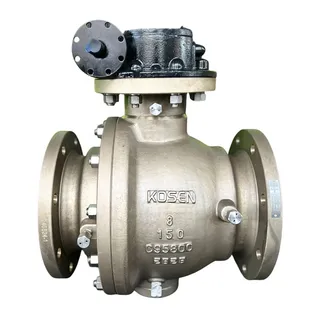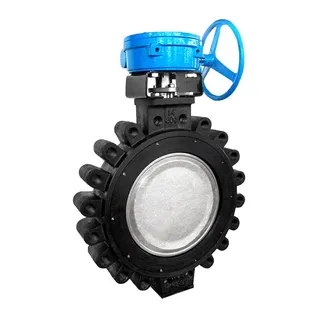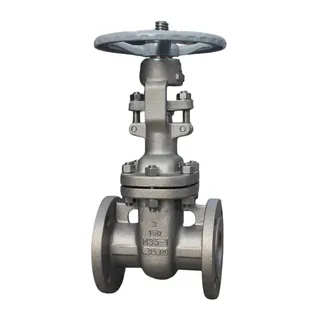1-12 of 108 results for "Industry News"
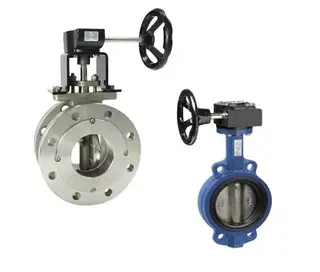
Wafer Butterfly Valves vs. Flanged Butterfly Valves
Industry News
Dec 29, 2025
1
Butterfly valves are essential components in piping systems, with wafer and flanged types being the most common. This article explores their key features, advantages, sealing performance, installation methods, cost considerations, and typical applications. Wafer valves offer a compact, lightweight, and cost-effective solution for medium-to-low pressure systems, while flanged valves provide superior sealing, high pressure resistance, and vibration tolerance for demanding industrial applications. By understanding their differences and evaluating pressure, temperature, space, cost, and application requirements, engineers and system designers can select the most suitable valve to ensure safe, efficient, and reliable system operation.
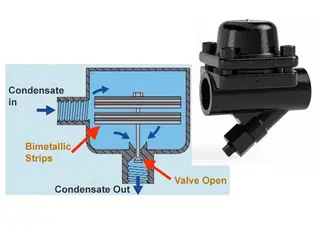
What is Bimetallic Steam Trap?
Industry News
Dec 26, 2025
2
Bimetallic steam traps are crucial for efficient steam system operation, automatically discharging condensate while preventing steam loss. They use a bimetallic element that deforms with temperature changes to control valve movement. These traps are simple, durable, and energy-efficient, suitable for applications like steam tracing and medium-low pressure systems. However, they have limitations such as fixed discharge temperatures and potential element fatigue. Proper selection and maintenance are key to maximizing their performance and lifespan.
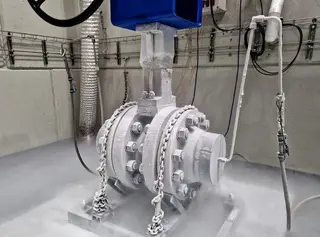
Key Factors in Cryogenic Ball Valve Material Selection
Industry News
Dec 25, 2025
2
In industrial fields, cryogenic ball valves, as an important control device, are widely used in liquefied natural gas, petrochemicals, refrigeration, and other industries. Their core function is to precisely control the flow of fluids under low-temperature conditions. However, low-temperature...
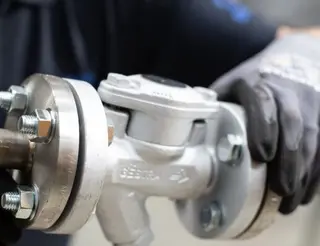
How to Properly Install Steam Traps: Complete Guide
Industry News
Dec 24, 2025
7
In industrial production, steam systems play an extremely critical role, and steam traps, as important components within these systems, have their installation directly related to the operational efficiency and safety of the entire system. Today, let's dive deeply into the topic of steam trap...
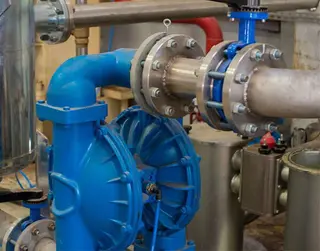
Guide to Diaphragm Pump Material Selection
Industry News
Dec 19, 2025
6
In industrial production, diaphragm pumps, as widely used fluid transfer devices, have performance and service life that largely depend on material selection. From the diaphragm to the pump body and valve body, each material has its unique properties and applicable scenarios. This article will...
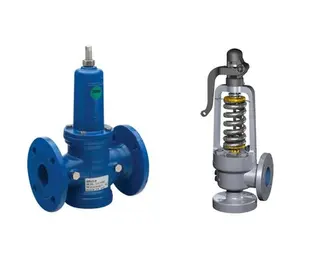
Comparing Safety Valves and Pressure Reducing Valves
Industry News
Dec 18, 2025
2
In the industrial field, valves are indispensable components that play a critical role in various pipelines and equipment. Today, we take an in-depth look at two very important types of special-purpose valves: safety valves and pressure reducing valves. Although both belong to the valve family,...

High-Temperature Ball Valves Material Selection
Industry News
Dec 17, 2025
10
In numerous industrial fields, high-temperature control has always been a core concern for manufacturers and design institutions. Especially in the field of automation control and in conditions involving high-temperature ball valves, regulating and controlling temperature in high-temperature...
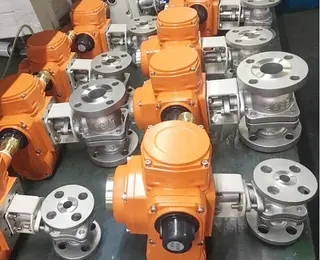
How to Choose the Right Electric Ball Valve?
Industry News
Dec 16, 2025
3
In the industrial field, electric ball valves serve as a crucial component of fluid control systems. Whether in large chemical enterprises or small manufacturing factories, selecting the right electric ball valve is vital for ensuring smooth and safe production processes. However, with the wide...
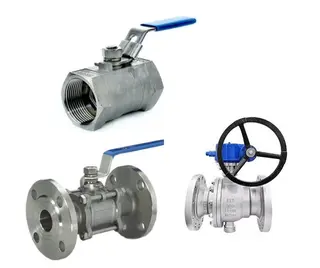
Guide to Ball Valve Design: One-Piece, Two-Piece & Three-Piece
Industry News
Dec 15, 2025
12
In the industrial field, ball valves are an extremely common type of valve, widely used in various fluid control scenarios. However, when faced with the vast number of ball valve products on the market, selecting the right type of ball valve is a challenge for many engineers and procurement...
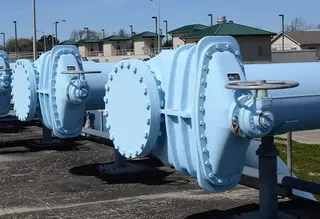
How to Choose the Right Gate Valves?
Industry News
Dec 10, 2025
13
Among the various types of valves, gate valves have become indispensable components in industrial and civil pipeline systems due to their unique structure and wide range of applications. However, facing the wide variety of gate valve products on the market, how can one select the gate valve that...
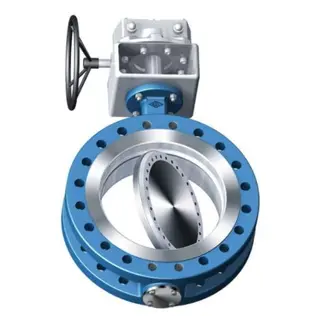
What's Triple-Offset Bidirectional Sealing Butterfly Valve?
Industry News
Dec 09, 2025
19
In industrial piping systems, butterfly valves are essential components for fluid control. Over the years, the evolution of butterfly valves has moved from conventional single-direction sealing designs to today's advanced triple-offset metal bidirectional sealing butterfly valves. This transition...
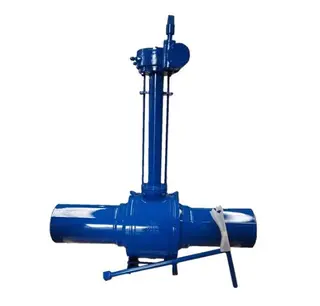
Fully Welded Ball Valve: Guardian of Underground Pipelines
Industry News
Dec 08, 2025
12
In modern industry and urban infrastructure, pipeline systems are like the blood vessels of the human body, responsible for transporting various fluids. The fully welded ball valve, as a key component of the pipeline system, has become an important guardian of underground pipelines and...
Total 108 Records, 12 records per page
